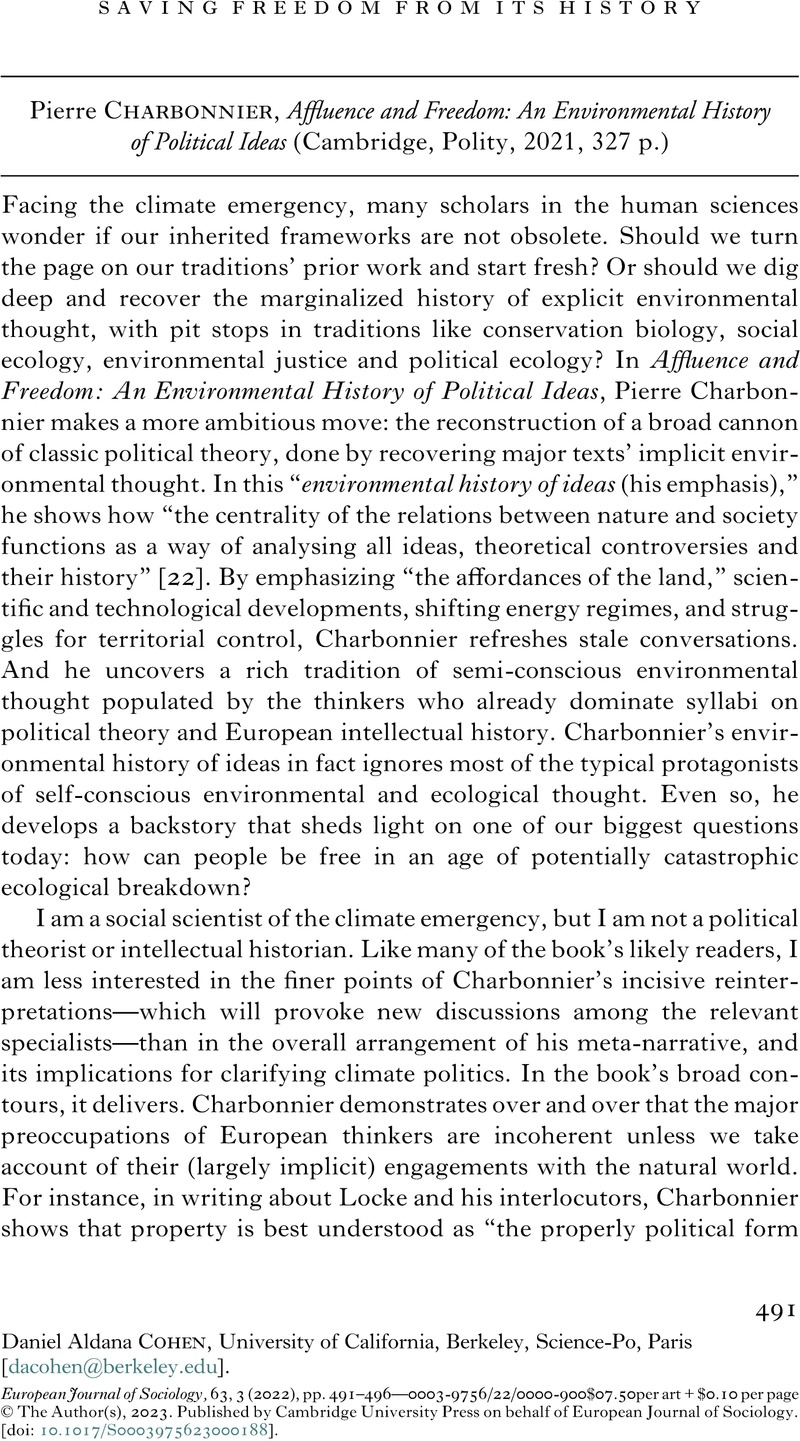No CrossRef data available.
Published online by Cambridge University Press: 23 February 2023

1 Jason Moore, 2015. Capitalism in the Web of Life: Ecology and the Accumulation of Capital (New York, Verso).
2 Lisa Lowe, 2015. The Intimacies of Four Continents (Durham, Duke University Press).